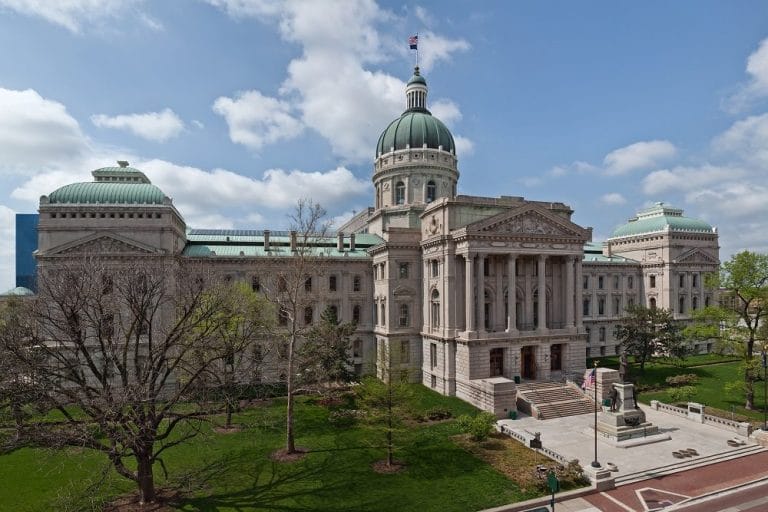🎧 Listen to This Article
A landmark case argued before the Indiana Supreme Court this week may radically reshape how property tax caps are applied to residential land — and set a legal precedent that could disrupt local government funding models statewide.
At the heart of the dispute is whether Indiana’s statutory 1% property tax cap for homesteads should apply only to a single acre — as defined by a decades-old law — or to the entire residential parcel associated with a homeowner’s primary dwelling. This seemingly narrow question has massive fiscal implications for both taxpayers and local public services.
Background: The One-Acre Rule and Constitutional Ambiguity
In 2010, Indiana voters overwhelmingly approved constitutional amendments that capped property tax liability at:
- 1% of assessed value for homesteads,
- 2% for other residential and farmland,
- 3% for commercial properties.
The legislature later codified this into state law, but with a twist: it limited the 1% cap to just one acre of land, regardless of how much a homeowner actually owns. The rest of the land is taxed at higher rates. Critics argue this is in direct conflict with the Indiana Constitution, which includes the term “curtilage” — a legal concept that typically refers to the land immediately surrounding a home.
The ambiguity surrounding “curtilage” is the case’s crux.
In the current case, Dr. Tulsi and Kamini Sawlani, who own 3.9 acres in Lake County, argue that the full parcel should be taxed at 1%, not just one acre. They claim the law unconstitutionally narrows the voter-approved cap, costing them an estimated $1,000 annually.
A lower court — the Indiana Tax Court — agreed with them, ruling that the one-acre restriction contradicts the constitutional intent. But now the Indiana Supreme Court must decide: who defines curtilage — voters and the Constitution, or lawmakers?
What’s at Stake: More Than Just Homeowner Savings
The fiscal implications extend far beyond the Sawlanis. If the Supreme Court upholds the Tax Court’s broader interpretation, assessors in all 92 Indiana counties could face a massive administrative burden. Property classification would shift from a clear-cut one-acre rule to a subjective, case-by-case analysis of land usage — potentially impacting millions in local government revenue.
Justice Christopher Goff noted during oral arguments that schools, police, and fire departments could lose essential funding. “If we were to go as expansive as you’re suggesting,” he warned, “some of these services could likely close.”
Indeed, lawmakers recently passed a bill to reduce property taxes for homeowners, but left open the possibility of using income tax increases to offset shortfalls. That tradeoff may become even more contentious if this case forces a broader application of the 1% cap.
The Legal Debate: Who Gets to Decide?
Attorneys for the Lake County Assessor and Indiana Attorney General’s Office defended the existing one-acre limit, arguing that the legislature has clear authority to define curtilage. They warned that the Tax Court’s ruling could create tax inequality across the state, violating constitutional mandates for uniformity.
But plaintiffs’ counsel pushed back, arguing that voters never intended for tax relief to apply to only a fraction of a homeowner’s land. Their position rests heavily on original voter intent and constitutional interpretation, rather than administrative feasibility.
Chief Justice Loretta Rush raised concerns about inconsistent enforcement, noting that without a precise legal definition of “curtilage,” assessors could be forced into impractical and intrusive roles. “How many times did you play volleyball? What if you didn’t mow it?” she asked.
A Decision That Could Reshape Tax Policy Nationwide
Whatever the ruling, the case will echo beyond Indiana. If the court sides with the plaintiffs, it may catalyze similar challenges in other states where property tax caps exist. More importantly, it will test the boundaries of constitutional tax policy — whether defined by voter mandates or legislative control.
As states increasingly navigate the tension between homeowner relief and sustainable public funding, the Indiana Supreme Court’s upcoming decision could serve as a national precedent.
For further details, clarification, contributions, or any concerns regarding this article, please get in touch with us at editorial@tax.news. We value your feedback and are committed to providing accurate and timely information. Please note that our privacy policy will handle all inquiries.



